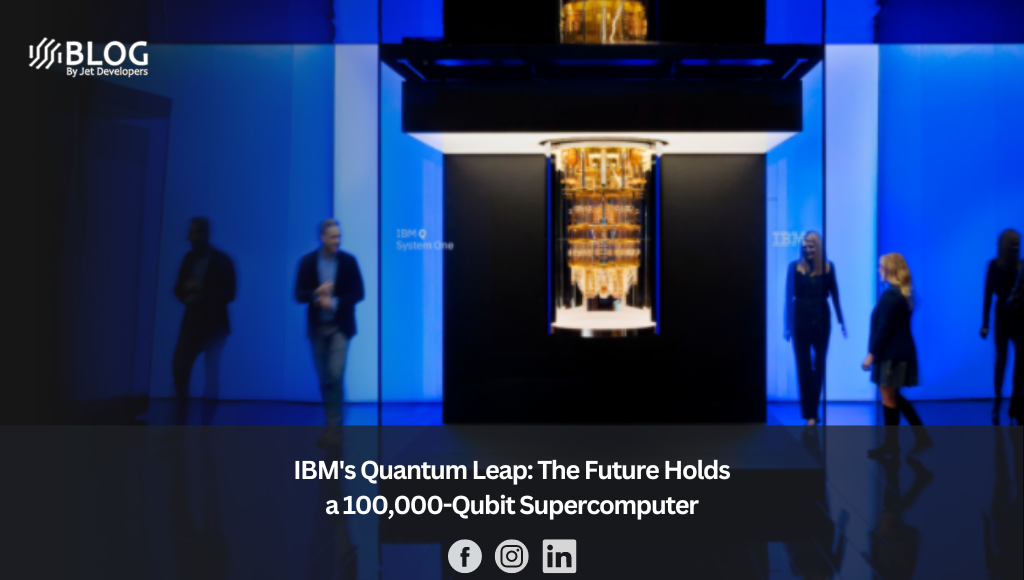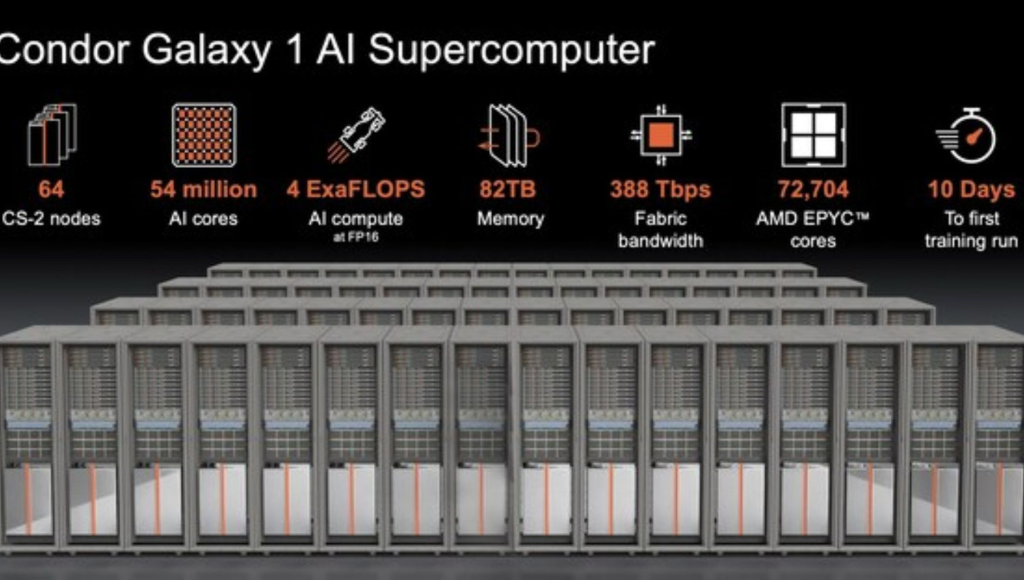IBM Aims for Unprecedented Quantum Computing Advancement: A 100,000-Qubit Supercomputer Collaboration with Leading Universities and Global Impact.
During the G7 summit in Hiroshima, Japan, IBM unveiled an ambitious $100 million initiative, joining forces with the University of Tokyo and the University of Chicago to construct a massive quantum computer boasting an astounding 100,000 qubits. This groundbreaking endeavor intends to revolutionize the computing field and unlock unparalleled possibilities across various domains.
Despite already holding the record for the largest quantum computing system with a 433-qubit processor, IBM’s forthcoming machine signifies a monumental leap forward in quantum capabilities. Rather than seeking to replace classical supercomputers, the project aims to synergize quantum power with classical computing to achieve groundbreaking advancements in drug discovery, fertilizer production, and battery performance.
IBM’s Vice President of Quantum, Jay Gambetta, envisions this collaborative effort as “quantum-centric supercomputing,” emphasizing the integration of the immense computational potential of quantum machines with the sophistication of classical supercomputers. By leveraging the strengths of both technologies, this fusion endeavors to tackle complex challenges that have long remained unsolvable. The initiative holds the potential to reshape scientific research and make significant contributions to the global scientific community.
Strides made for technological advancement
While significant progress has been made, the technology required for quantum-centric supercomputing is still in its infancy. IBM’s proof-of-principle experiments have shown promising results, demonstrating that integrated circuits based on CMOS technology can control cold qubits with minimal power consumption.
However, further innovations are necessary, and this is where collaboration with academic research institutions becomes crucial.
IBM’s modular chip design serves as the foundation for housing many qubits. With an individual chip unable to accommodate the sheer scale of qubits required, interconnects are being developed to facilitate the transfer of quantum information between modules.
IBM’s “Kookaburra,” a multichip processor with 1,386 qubits and a quantum communication link, is currently under development and anticipated for release in 2025. Additionally, the University of Tokyo and the University of Chicago actively contribute their expertise in components and communication innovations, making their mark on this monumental project.
As IBM embarks on this bold mission, it anticipates forging numerous industry-academic collaborations over the next decade. Recognizing the pivotal role of universities, Gambetta highlights the importance of empowering these institutions to leverage their strengths in research and development.
With the promise of a quantum-powered future on the horizon, the journey toward a 100,000-qubit supercomputer promises to unlock previously unimaginable scientific frontiers, revolutionizing our understanding of computation as we know it.






